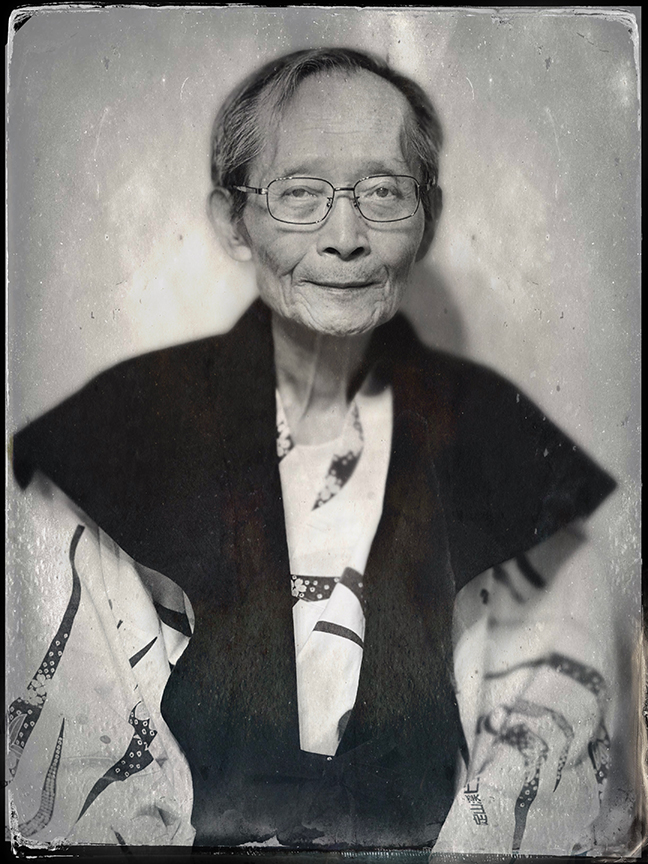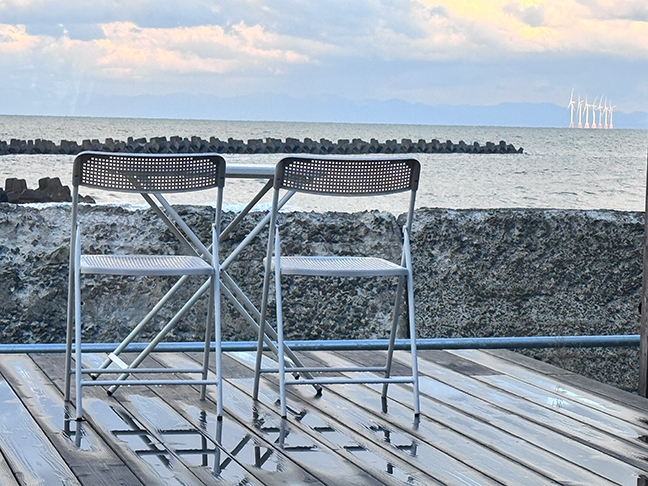
Frankenstein
Guillermo del Toro’s Frankenstein is a triumph of mood, imagination, and emotional depth. Every frame bears his unmistakable signature: lush Gothic design, shadowed beauty, and a sense of wonder tinged with sorrow. The film’s world feels both mythic and painfully human, a perfect match for Mary Shelley’s timeless story of ambition and loss.
Visuals & atmosphere
Del Toro’s signature flair is everywhere. The set-design, the costumes, the lighting—everything ooze Gothic grandeur and artistry. As one critic observed, the film is “a breathtaking coup … rich and strange” in its execution. The world of Victor Frankenstein and his creation is richly rendered, with a tactile sense of period, myth and menace.
Empathy for the monster
One of the strongest elements is how the creature is portrayed—not just as a horror icon but as a deeply felt being with a tragic arc. As noted: “Del Toro’s empathy for the Creature is total—and so, owing to the aching poignancy and underlying rage … is ours.” Actor Jacob Elordi gives the monster a vulnerability and presence that earn memorable space alongside the spectacle. On the other side, Oscar Isaac’s Victor Frankenstein is compelling—his obsessive ambition, his guilt and his horror all play out on a grand scale.
Thematic ambition & emotional stakes
Del Toro moves beyond mere monster-movie tropes, engaging with themes of creation and responsibility, parent/child dynamics, isolation, and the cost of hubris. One review says the film “becomes genuinely transcendent… a gothic elegy for both creator and creation.” The shifts in viewpoint—from creator to creature—add emotional complexity and bring a fresh dimension to the familiar tale.
What doesn’t fully land
Pacing & structure
While much of the film mesmerises, the opening act is sometimes considered over-stuffed or slow. Several critics suggest the movie takes its time (and sometimes too much time) building the world before the more compelling arc takes over. At roughly 2½ hours, some viewers feel the narrative weight could have been trimmed in places.
Tone and balance
There are moments where the film sometimes tilts toward excess: visual spectacle overshadowing intimacy, or structure shifting gears in ways that feel a bit uneven. A review from TIME puts it this way: “Grand, but it’s not quite great” because the scope threatens to dilute the emotional core. Also, while many welcome the more humanised monster, purists of the original may find some of the thematic/re-contextual changes jarring.
My verdict
In total, del Toro’s Frankenstein is a major achievement. It may not be flawless, but it succeeds in reviving a classic tale with style, depth and sincerity. For fans of him or of the Gothic, it will be richly satisfying.
If I were to summarise it:
-
Recommended for viewers who appreciate visual craft, strong performances, and thoughtful re-workings of mythic material.
-
Less suited to those expecting a leaner, “traditional” horror-monster film, or those seeking tight pacing above all.
Final grade
I’d give it 4 out of 5 stars — an artist at full expression, with only a few rough edges.






 Travel in 2025 is all about motion—planes, trains, buses, and cars connecting the world in ways faster and more fluid than ever. Yet, the journey isn’t as simple as it once was. While the old hassles of customs have nearly vanished thanks to seamless digital clearance systems—but that is how the adventure begins. So it was that in October, we travelled to Japan. We visited Osaka, Kyoto, Sapporo and Tokyo. Here are the observations:
Travel in 2025 is all about motion—planes, trains, buses, and cars connecting the world in ways faster and more fluid than ever. Yet, the journey isn’t as simple as it once was. While the old hassles of customs have nearly vanished thanks to seamless digital clearance systems—but that is how the adventure begins. So it was that in October, we travelled to Japan. We visited Osaka, Kyoto, Sapporo and Tokyo. Here are the observations: